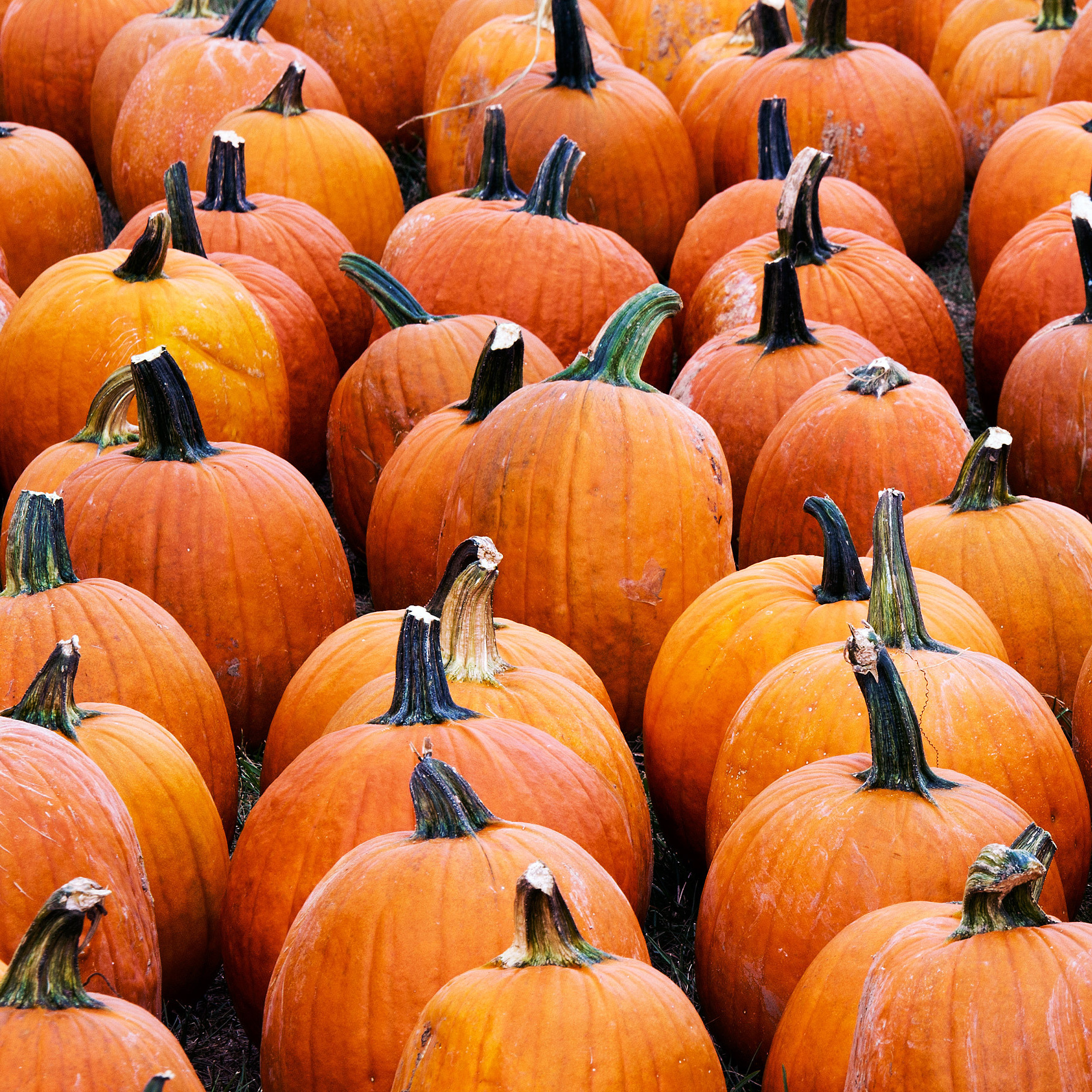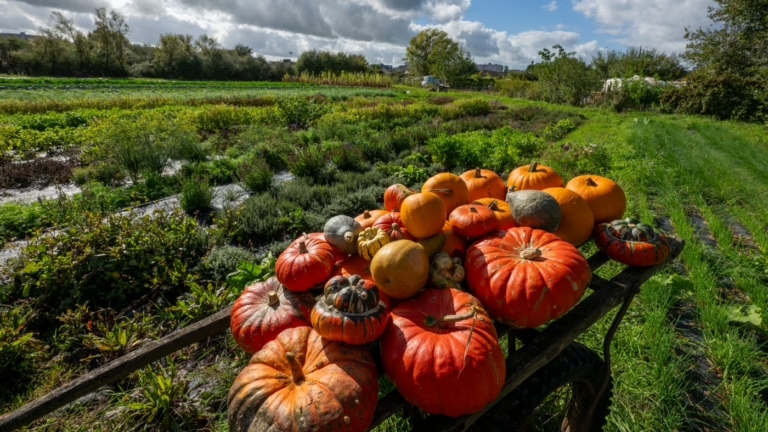Seasonal hallmark: A garden cart laden with pumpkins and other gourds at a festival in Nevers, France, on October 4.
Frédéric Moreau/Hans Lucas/AFP/Getty Images
hide caption
toggle caption
Frédéric Moreau/Hans Lucas/AFP/Getty Images
Pumpkins mark the essence of fall. The buzz around pumpkin spice lattes signals the close of summer, and after the final slice of pumpkin pie at Thanksgiving, thoughts quickly shift to winter festivities. Nestled between these moments, jack-o’-lanterns take center stage during Halloween celebrations.

These autumnal squashes also conjure a nostalgic vision of bygone days, as noted by Cindy Ott, author of Pumpkin: The Curious History of an American Icon.
“The fascination with pumpkins has only grown,” says Ott, a history professor at the University of Delaware. “Consumers are drawn to pumpkins and pumpkin-flavored products because they evoke deep-seated sentiments tied to the cherished image of the small family farm.”
However, this association wasn’t always so straightforward. Much like the twisting vines of a pumpkin plant, the term “pumpkin” has traveled a winding linguistic journey before becoming synonymous with the pumpkin spice craze. In this edition of Word of the Week, we trace that evolution.
Tracing the origins of the word “pumpkin”
The term “pumpkin” historically referred more to a concept than a specific species of plant.
“Pumpkin isn’t a strict botanical classification,” explains Logan Kistler, curator of archaeobotany and archaeogenomics at the Smithsonian National Museum of Natural History. “It generally describes any squash variety selectively bred to resemble what we commonly identify as pumpkins.”
Fiona McPherson, executive editor at the Oxford English Dictionary, outlines the word’s etymology: it stems from the Greek pepon, which morphed into the French pompon. The English term “pumpkin” is a derivative of “pompion,” a word dating back to the 16th century.
While the linguistic roots trace back to Europe, the pumpkin plant itself is indigenous to the Americas, boasting a history spanning millennia.
“The earliest recorded use of ‘pumpkin’ dates to 1647,” McPherson notes, “often in reference to the meager diet of early colonists in the New World.”
Upon arrival, European settlers discovered Indigenous peoples cultivating pumpkins-a hardy, nutritious crop that thrived in the region and could be stored through colder months.
“Much like how ‘corn’ once broadly described any grain, ‘pumpkin’ was a catch-all term,” Ott explains.
“Pumpkins belong to the genus Cucurbita,” Kistler adds. “Indigenous communities across North, Central, and South America domesticated various pumpkin ancestors independently at least six times. Some of these varieties date back roughly 10,000 years in regions like Mexico.”

A competitor navigates a massive hollowed pumpkin in the Pumpkin Regatta held in Kasterlee, Belgium, on October 22, 2023. Racers cover 100 meters in these unique vessels.
Simon Wohlfahrt/AFP/Getty Images
hide caption
toggle caption
Simon Wohlfahrt/AFP/Getty Images
Many of these species remain familiar today, whether showcased at agricultural fairs (Cucurbita maxima) or canned for culinary use (Cucurbita moschata).
Although other plant names have endured, McPherson points out that “‘pumpkin’ has clearly become the dominant term.”
The term “pumpkin” as a playful insult
Not long after entering English usage, “pumpkin” also took on a humorous, sometimes disparaging, connotation.
“What’s fascinating is how consistently ‘pumpkin’ has been used as a mild put-down,” Ott remarks, referencing centuries-old literature and artwork. “For women, it often alluded to their physicality.”
She elaborates, “Pumpkin imagery implied a woman was ruled by instinct rather than intellect or decorum. For men, it was linked to the head, suggesting emptiness or foolishness-politicians have been called pumpkins for hundreds of years.”
McPherson finds the rapid adoption of this figurative meaning remarkable.
“By 1680, ‘pumpkin’ was already being used to describe someone vain, pompous, or dull-witted,” she says.

From insult to endearment: The pumpkin’s cultural transformation
By the late 1800s, the word “pumpkin” was undergoing a positive shift. Ott notes that it became a term of affection for children, and simultaneously, the pumpkin emerged as a symbol of a simpler, pastoral lifestyle amid growing urbanization in America.
“As people moved from rural areas to cities, many still fancied themselves as farmers at heart,” Ott explains. “The pumpkin became a cultural emblem, representing those nostalgic ties. Its significance is more cultural than botanical.”
Today, this legacy has taken on a new dimension. The very pumpkins that once nourished Indigenous peoples and early settlers are now central to the livelihoods of contemporary small-scale farmers. By embracing nostalgia for rural heritage, these farmers transform their land into what Ott calls “agrarian wonderlands,” attracting visitors and revitalizing local agriculture.
“What’s truly remarkable,” Ott concludes, “is how these romanticized myths about America’s origins are actively helping to sustain the small family farms they celebrate.”






















